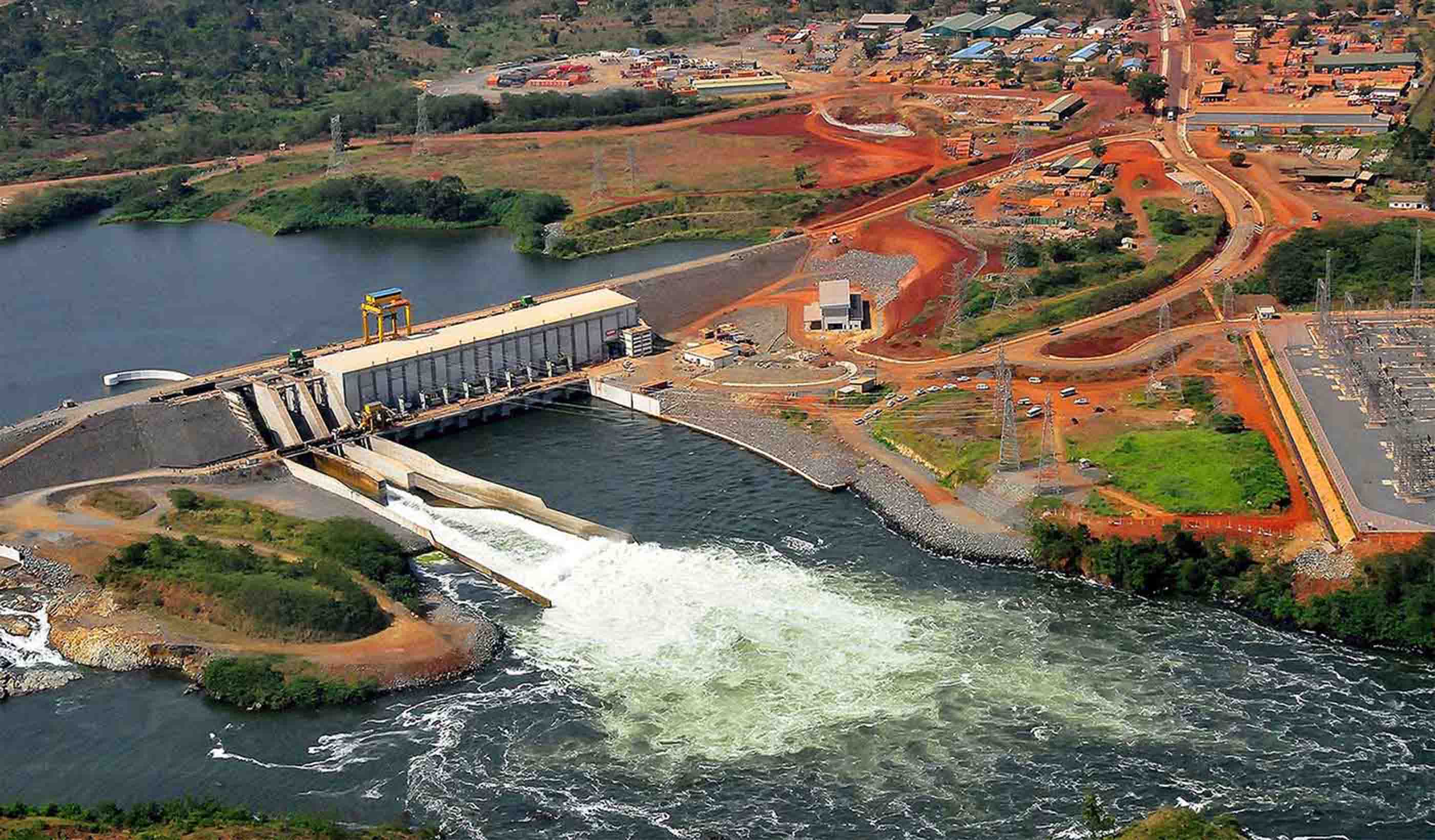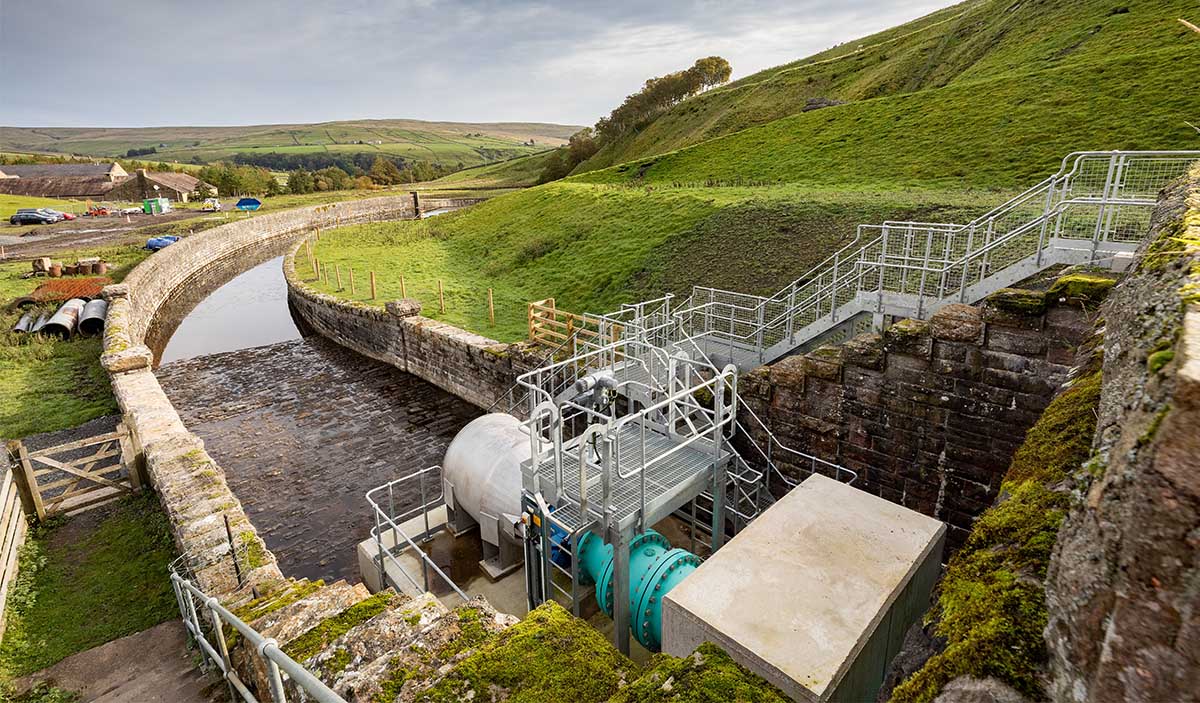- Location
- London, United Kingdom
- Offices
-
-
Client
-
-
Environment Agency
-
- Location
- London, United Kingdom
- Offices
- Client
-
- Environment Agency
Share
London Basin Aquifer Study
The Chalk and Thanet Sands aquifer provides the main groundwater resource in London and supports significant abstraction for a variety of uses. Beneath London the aquifer is confined by clayey strata of the Lambeth Group and London Clay.
Due to historical abstraction, a regional cone of depression developed beneath Central London, in the centre of which the Chalk aquifer developed an unsaturated zone. Since 1960, the reduction in pumping through industrial decline resulted in the groundwater levels rising over most of the area.
This recovery would potentially cause issues with the structural integrity of subterranean infrastructure, which has led to an abstraction management strategy to control groundwater levels across the centre of the city, known as GARDIT (The EA monitors the situation and produces an annual review of groundwater levels.)
This management programme includes a number of aquifer artificial recharge schemes developed within the basin, such as the North London Aquifer Recharge Scheme (NLARS), along the Lee Valley, and Wandle Artificial Recharge Scheme (WARS) in South London.
We created the most up-to-date and accurate model of the London Basin and North Downs aquifer. The conceptual and numerical models aid the Environment Agency and other stakeholders in managing water resources of the basin, comprising tools which enable sound science-based regulatory decision making to quantify the sustainable balance of inflows and abstraction in the aquifer.
It has been used to quantify impacts of groundwater abstraction on flows in watercourses, to estimate the potential impacts of climate change on aquifer recharge and deployable output and to optimise the use of artificial recharge schemes.
For a detailed explanation of how we contributed to this project, please click here.
- Location
- London, United Kingdom
- Offices
-
-
Client
-
-
Environment Agency
-
- Location
- London, United Kingdom
- Offices
- Client
-
- Environment Agency
Share
We’re better together
-
Become a client
Partner with us today to change how tomorrow looks. You’re exactly what’s needed to help us make it happen in your community.
-
Design your career
Work with passionate people who are experts in their field. Our teams love what they do and are driven by how their work makes an impact on the communities they serve.























